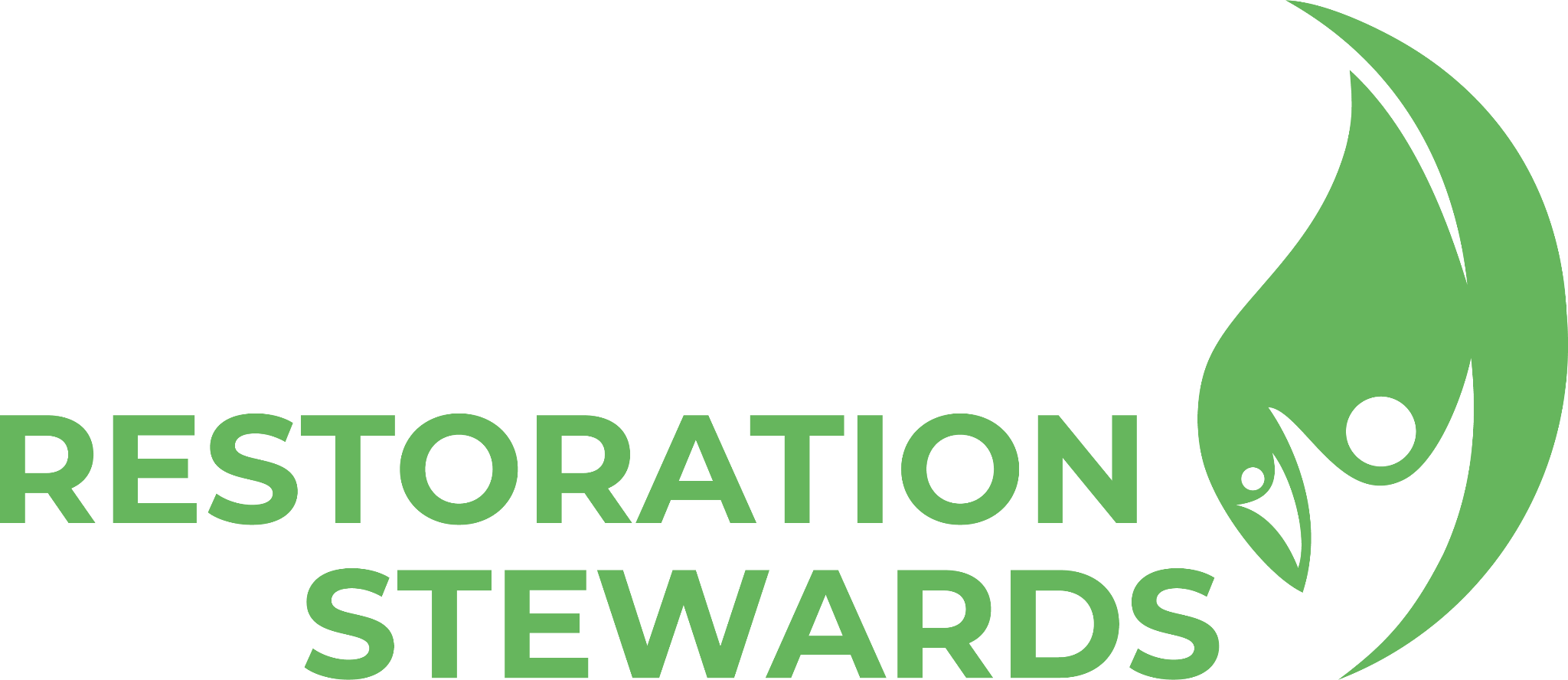First steps towards the restoration of the Boruca mountains
As part of the Restoration Stewards program, we have divided up the “forest to sprout water project” into four main stages: planning, capacity building, implementation and monitoring. Although it has had some setbacks due to bureaucratic processes associated with receiving international funds in Costa Rica and due to the COVID-19 pandemic, progress has been slow but steady.
Over these months, we have sought to plan the sites for intervention in the community field of the Association of Eco-Cultural Indigenous Women of Sóˇ Cagrú de Boruca, while designing the interventions and all the required processes, such as marking sites and selecting species. We have also aimed to increase the capacity of allied families on three issues: ecological restoration, nursery production and the monitoring of interventions. In addition, we aim to generate the necessary capacities for the production of seedlings required for the processes of forest landscape restoration. As a result, we have focused on the construction of a nursery that can produce native seedlings for agricultural use. These seedlings will be planted on the lands of Sóˇ Cagrú members.

Furthermore, we expect to start the planting of trees under the nucleation methodology in protected areas of the Venado stream, which runs through the community farm of Sóˇ Cagrú. We aim to monitor and maintain this site regularly for a year to ensure its good development. The agroforestry demonstration plot, which will serve to teach this methodology to the community’s people, will also be designed.
In March, we toured the community and accompanied members of Sóˇ Cagrú on a visit of the lands that are planned for intervention. This time, the main objective was to better understand how the group wishes to use the land, and to identify the characteristics of the relevant space. The nursery site was defined, while ideas for its design were shared and the desirable species for production were discussed. In addition, we visited Mr. Teodoro on his farm to hear his views of him on the conservation and sustainable use of the forest, to find out which species he considered important, and to identify the production processes that he used.
Volunteering planning also took place in April. A total of 25 people participated, mainly youth, who received the lodging and food services provided by Sóˇ Cagrú, as well as informative talks that allowed them to learn about the Bruncajc Indigenous culture. Throughout their stay, they shared environmental, cultural and educational spaces with members of Diwo and Sóˇ Cagrú and followed all COVID protocols. In addition, they worked hard in the transfer of materials and the construction of the nursery.
It was an exhausting day. We did our best going up and down the mountain, resisting the sun and heat, but none of this stopped us. Our will was stronger. We had a goal to achieve and each of us was willing to carry it out. The magic of the community and nature gave us strength – visiting the river and the waterfall after a day’s work was comforting, and the delicious food prepared by the Sóˇ Cagrú women gave us so much energy that nothing stopped us and teamwork was always present.
These processes reaffirm that restoration must be done together. It must be a process between technical knowledge, methodologies, financing, ecosystems, community, culture and – above all – people who dream of creating a better world. We all have something to contribute, and the United Nations Decade on Ecosystem Restoration is the moment. The IPCC report tells us there is no time left, and that we must act now. Initiatives like ours would not be possible without the involvement of every participant who makes his or her contribution for the common good.












First volunteer 2021, Restoration Stewards Program, mountain ecosystem.




